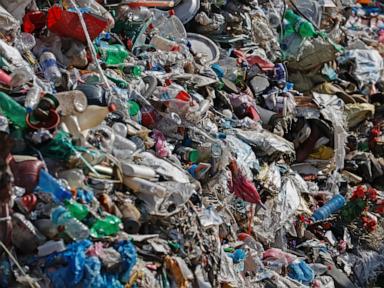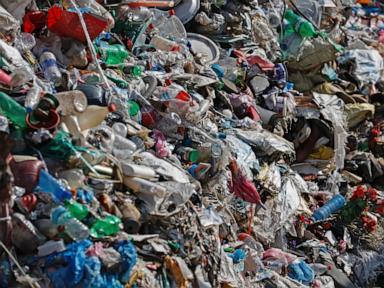ARTICLE AD BOX
A new telescope planned by NASA, called the Habitable Worlds Observatory (HWO), could find evidence of alien life in the near future, an astrophysicist says.
Three NASA contracts (totaling $17.5 million) will go into effect this summer to build the next-generation HWO instrument and code needed to “someday” pull data from nearby exoplanets in rich new detail.
As scientists debate James Webb's data on the exoplanet K2-18b, including a new study in the Astrophysical Journal Letters suggesting that any alleged "biosignatures" from a planet outside our world are overblown, NASA continues to strategize about how best HWO can provide definitive evidence of alien life.
NASA's Exoplanet Team, which includes astronomers, physicists and engineers, met in New Orleans in January to research the tools needed for the mission.
Astronomer Courtney Dressing, co-leader of HWO's Scientific Architecture Review Team (START), proposed equipping HWO with the capabilities to detect "a wide range of biosignatures."
She noted that “surface biosignatures,” such as the infrared heat produced by plants, and more artificial “technosignatures” that a civilized alien race might make, “could be detected using HWO.”
“Additional information about the exoplanet and the planetary system will be required to interpret the biosignatures and rule out false positives,” Dressing explained.
Meanwhile, astrophysicist Jessie Christiansen, chief scientist at NASA's Exoplanet Science Institute at CalTech, believes HWO could find evidence of extraterrestrial life shortly after its launch in 2040.
"I think that in our lifetime, something like HWO will see a signal in the atmosphere of a rocky planet in the habitable zone of a star like our Sun," she told New Scientist.
“We ask scientific questions that we want the telescope to answer,” Christiansen explained.
.png)
 4 months ago
2
4 months ago
2









 English (US)
English (US)